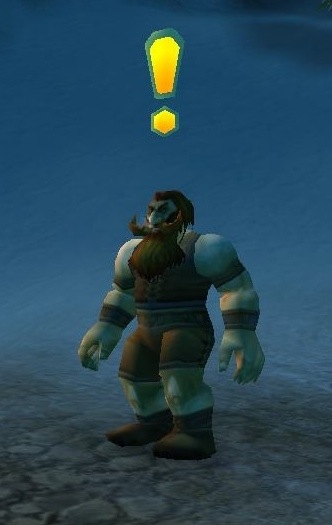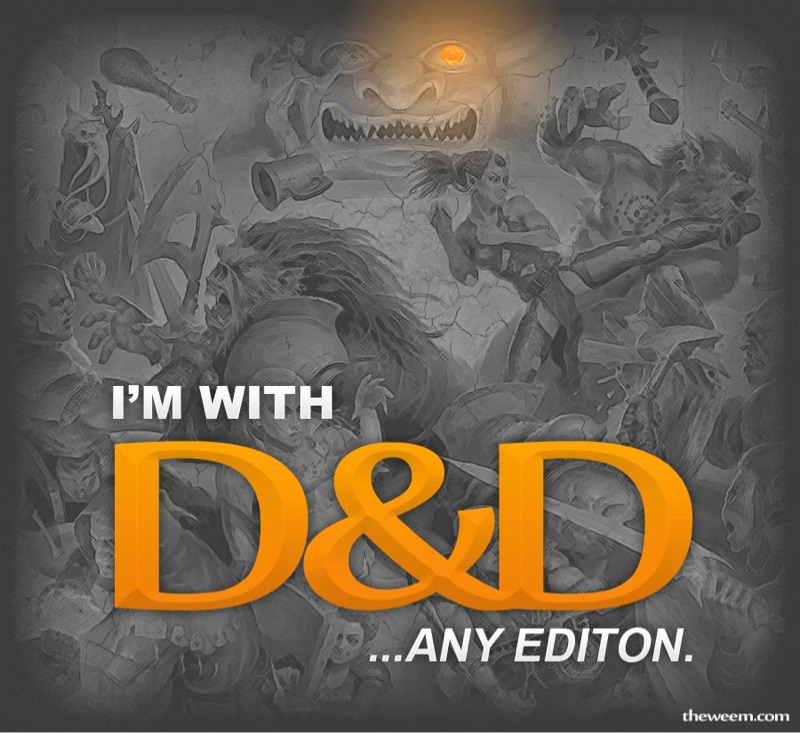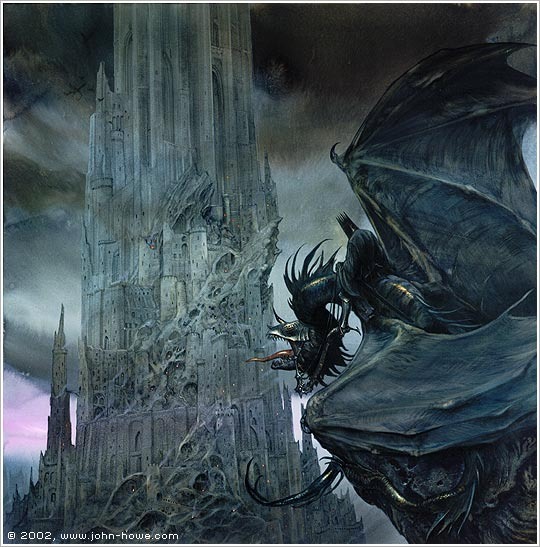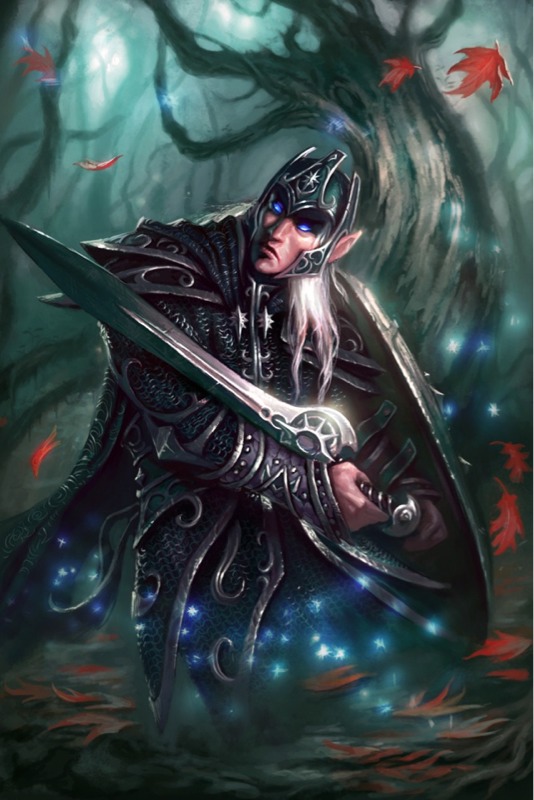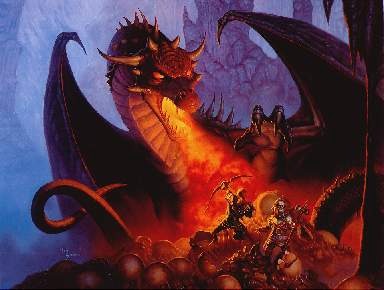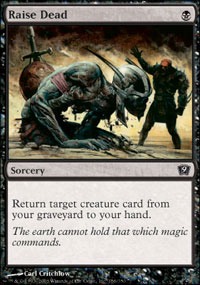This week we ran two tables of D&D Next for the first session of Legacy of the Crystal Shard. Both groups were looking forward to the adventure after the very successful launch event on Sunday. My table had 4 players.
SYNOPSIS
Initially, the party was interested in resting and receiing healing from the town guard by the gate, meeting some grumbling soldiers and speaking a little with Helda Silverstream. She took note of the adventurers but the party was more interested in the tale of a Barbarian tied up in the town square, blamed for a robbery of gold and also blamed by more than a few in Bryn Shander of bringing the morning's Yeti attack with him.
The party spent most of their time investigating the so-called crimes of Hengar, and interrogating the shopkeeper, eventually arranging to have the Barbarian freed. After buying some black ice trinkets from a dwarven peddler who warned the group to steer clear of the Dwarven valley, the party reunited with Hengar, who immediately threw in with the group. Hengar believes that Tempus has willed these companions together, and believes the party can return to the Tribe of the Elk to defeat the Ice Witch who haunts the tundra.
Referred to the roughest tavern in town, the group discussed their options and noticed that a shady character, "Slim" arrived with a group of Ship Rethnor thugs in tow. The party was worried that these thugs were after a bounty on the party's heads, and after a while a Harper showed up asking after the same room. Curious and eager to help the Harper out of any danger he might be in, the party ran upstairs to Slim's common room, only to find the Harper murdered.
A fight ensued where all of the Rethnor thugs were killed, but Slim, a wererat, scurreid out the window in his rat form. Searching the dead harper before any authorities could arrive, the players found a note in the Harper's pockets, addressed to an "Aarun", asking for help. The letter was signed "Mithann".
REACTION
The players really enjoyed the adventure. Icewind Dale made an immediate impression, and with so many opportunities to travel from place to place, the players seemed excited to explore the surroundings and meet these colorful characters.
From the DM point of view, the first week of this was overwhelming. The other DM and I spend a solid hour cramming every detail in during prep that we could, and even then I was sent to the book to look over next steps. I think given another 2 weeks I will have a much better grasp on what else is there in the adventure, but this week really put us to the test.
THE GOOD: Opportunity for combat, colorful characters, fantasy flavor much more present than last season. Icewind Dale seems like a place that the group wants to explore, Baldur's Gate was a very divisive setting. Playing the Barbarians and Dwarves was particularly fun, with very strong and distinct cultures from what the players have been used to.
THE BAD: The opening session could have used a little more structure. I found that I was unsure whether I would find the details of certain NPCs and situations along the way in the Encounters, Campaign, or Adventure book. (FWIW, this isn't the first D&D adventure to have 3 sub books with overlapping material!)
THE UGLY: Hengar doesn't have a stat block! He roared into battle alongside his companions, calling out the name of his god, and immediately the combat ground to a halt as I looked for his stats, in vain!
